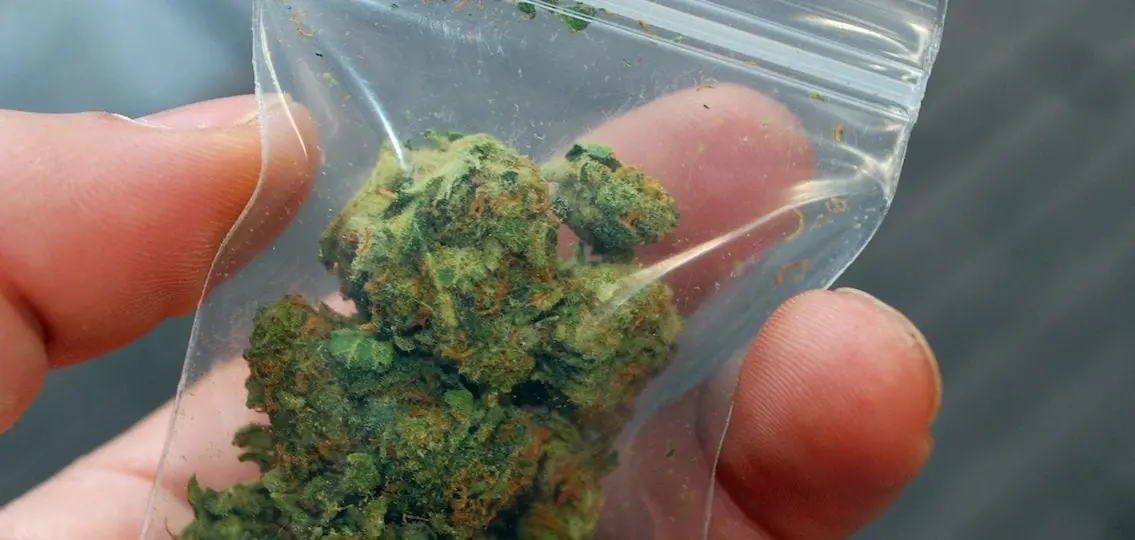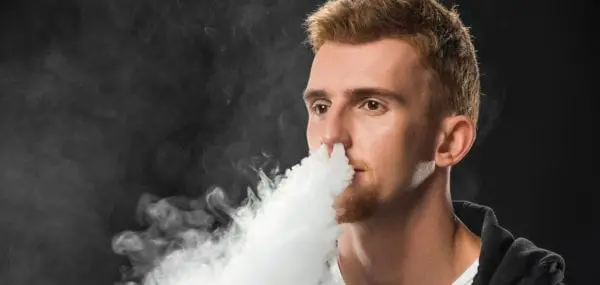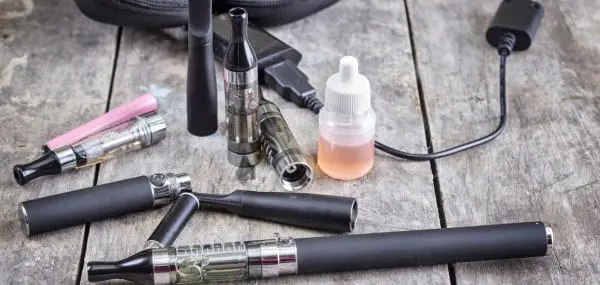We all know a teenager like Chase Burnett: a 16-year-old from Peachtree City, Georgia; an honor-role student and athlete with a wide circle of friends; and a young man who loved to wear bow ties on special occasions. But Chase was also a teenager who occasionally experimented with drugs—just like so many teenagers in the United States—until the day in March 2012 when he smoked synthetic marijuana and died.
“Our son’s autopsy report shows that a chemical in the synthetic marijuana shut his lungs down,” says David Burnett, Chase’s father. He co-founded with his wife, Yvette, the Chase Burnett Center for Education and Awareness. “He asphyxiated.”
That chemical was AM-2201, frequently found in synthetic marijuana. But this wasn’t an illicit drug, which Chase got from who knows where. In fact, synthetic marijuana is perfectly legal in more states. And, chances are, it’s available at a convenience store near you.
Chemical Cocktail
Synthetic marijuana, or “fake” pot, is not marijuana at all. Rather, it’s plant material which manufactures spray with chemicals, called cannibimimetics. It’s designed to mimic the effect of THC (tetrahydrocannabinol), the active ingredient in marijuana.
It’s legal, typically marketed as “herbal incense” or “herbal potpourri” and sold in convenience stores, head shops, cigar stores and on the Internet. It retails for $3 and up per gram (depending on the brand).
Because synthetic marijuana labels state the product is “not for human consumption,” manufacturers are able to skirt oversight by the Food and Drug Administration. That means the chemicals found in these products—popular brands include K2, Spice, Skunk, Blaze and No More Mr. Nice Guy—have never been tested for safety.
But, these chemicals are far from safe. In 2012, alone, emergency rooms treated more than 5,000 people who had used synthetic marijuana (that’s double the number treated in 2010). In February, the Centers for Disease Control announced that exposure to synthetic marijuana, in particular the chemical methanone, was responsible for kidney failure in 16 patients between the ages of 15 and 30.
Side Effects Of Synthetic Marijuana
According to the American Association of Poison Control Data, other effects of synthetic marijuana include: a racing heartbeat, high blood pressure, nausea and vomiting, spasms and seizures, intense hallucinations and psychotic episodes and even suicidal and other harmful thoughts and actions.
Experts say that the side effects impact many different systems and are particularly alarming.
“With marijuana, it is really unlikely that you are going to have damage to other organ systems,” explains Dr. Joseph Shrand, medical director at CASTLE, an adolescent treatment center in Brockton, Massachusetts. “Marijuana can make you hungrier. It can interfere with your sleep. But it’s not going to shut down your kidneys or cause seizures. Synthetic marijuana, on the other hand, is truly a dangerous, dangerous drug.”
But It’s Legal?
Over the past several years, an increasing number of teenagers have caught onto synthetic marijuana, perhaps under the mistaken impression that its legal status makes it safe. The relative ease with which teens can acquire it is another factor, say experts.
A 2013 study by the Center for Substance Abuse Research at the University of Maryland College Park found that 12 percent of high school students used synthetic marijuana, putting it in the top three substances abused by teenagers (alcohol and “real” marijuana were at one and two, respectively, with 57 percent and 38 percent of respondents reporting they used those substances).
“It has sort of slipped through the cracks and gotten into the mainstream. Then, the use of it went up dramatically when teenagers realized it could get them high,” says Shrand, who also notes that synthetic marijuana is as addictive as other drugs. Indeed, patients have told him they smoked synthetic marijuana up to 20 times a day.
Unfortunately, banning these products has been an uphill battle. A dozen or so states have passed legislation outlawing known forms of synthetic marijuana. But manufacturers simply change the formulations and get them back on the shelves. Last summer, the Drug Enforcement Agency (DEA) announced it would prosecute under the Federal Analogue Act, which says that if a substance produces the same effect as a Schedule I (which includes marijuana) or Schedule II controlled substance, then that substance should also be controlled. But, that’s still pending.
In other words, parents need to add synthetic marijuana to the conversation.
Signs Of Use
Some of the signs that your teenager may be using synthetic marijuana are similar to those of “real” marijuana: negative changes at school (missing class or declining grades), increased secrecy, use of incense or other kinds of room deodorant, new friends and asking for money more frequently. Drug paraphernalia to look for include foil packets, pipes and/or rolling papers. Signs specific to synthetic marijuana can include a coffee grinder (pulverizing the plant material makes it easier to smoke) and a strong clove smell.
But, it’s just as important to help teenagers understand the chemical dangers of this particular drug, says Burnett. “My son was smoking poison, and he didn’t know it. You really don’t know what you are getting. It is literally Russian roulette with your body.”




